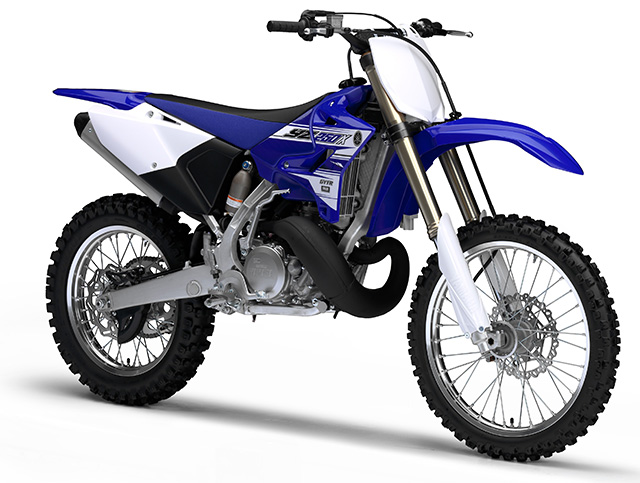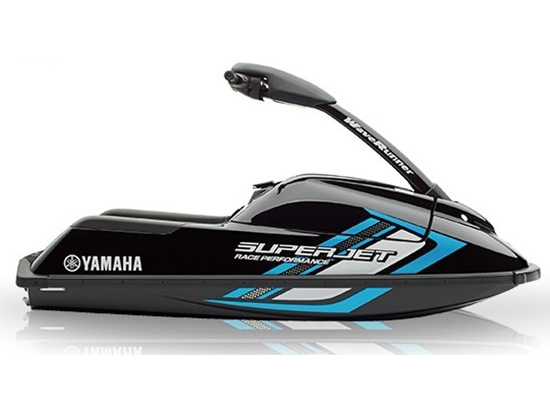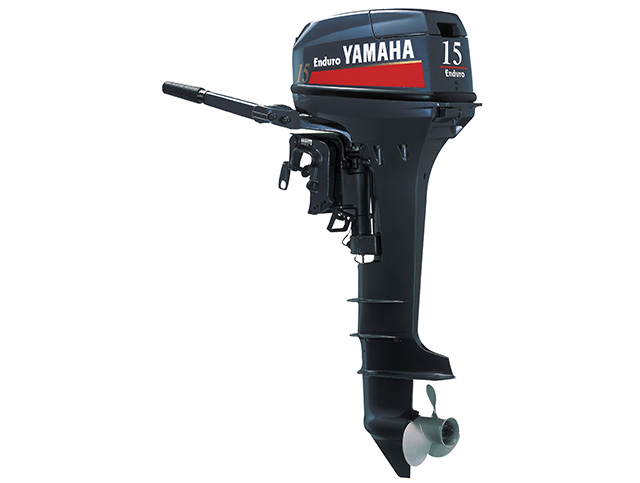“2-Strokes” to Handle Any Job, Anywhere
Introducing the stories behind Yamaha Motor's technologies.

A large percentage of the octopus consumed in Japan comes from Africa, and the outboard motors hard at work every day in the octopus fishing industry on the coasts of western Africa are models of Yamaha’s 2-stroke “Enduro” Series. The story behind the relationship between Yamaha Motor and the fishing industry in Africa goes back some 50 years. The first Yamaha employees that came to the African continent in the 1960s saw fishermen conducting coastal fishery in some very harsh environmental conditions. Ever since, Yamaha Motor has been working to motorize boats with outboard motors together with numerous African governments and international development aid organizations. This supports the development of local fishing industries, and in turn contributes to and betters people’s lives. Yamaha’s Enduro outboards (#1) remain the driving force towards this goal and are the main marine engines of choice in fishing villages throughout Africa.
Coastal fishing in Africa presents a very harsh use environment for outboard motors. The boats are heavy and the outboards must be able to withstand long hours of use at high load levels. They must also have the performance to power through shallows and waters full of seaweed. We make detail improvements to the Enduro Series almost yearly to better answer the needs of markets. But, we also stick to our top development priority of not changing the models’ basic design to ensure that they keep the same durability and remain easy to repair.
The roots of Yamaha’s 2-stroke engines go back the 125cc engine of the company’s very first product, the YA-1 motorcycle released in 1955. Since then, an ongoing series of 2-strokes were developed, not only for commercial-use models but also for sporty road-going motorcycles like the RD and RZ Series, motocross competition models (#2), personal watercraft (PWC) (#3) and snowmobiles. The VK540 snowmobile (#4) in particular remains a top seller in Russia; its outstanding reliability in the extreme cold has won the trust of the market and it continues to support the lives and livelihoods of the Russian people. Though 2-strokes are a relatively rare sight today, Yamaha continues to refine its 2-stroke engine technology by creating products that meet the needs of consumers and fit the environments they are used in.



The Power of Versatility
The benefits of 2-stroke engines include their structure that makes lightweight designs possible and the excellent power and torque they can produce.
A 2-stroke doesn’t have intake and exhaust valves like a 4-stroke. Instead, the intake and exhaust functions (also called scavenging and exhaust functions in the case of 2-strokes) are performed by the opening and closing of respective passages as the piston moves over ports on the cylinder wall during its up-down motion.
Additionally, with the 2-stroke, oil is mixed directly into the gasoline at a ratio of approximately 30:1 and combusted that way, so there is also no need for a separate system to lubricate the cylinders with oil.
The fewer number of parts in the 2-stroke translates directly into lighter engine weight. Maintenance of the combustion chamber is also much simpler than the more complex 4-stroke with its valve mechanisms. In addition to the simpler design of the 2-stroke, Yamaha has a long-standing policy of 2-stroke outboard development and supply: we place priority on not changing the basic design. That means better availability of replacement parts and easier maintenance. It is these benefits that make Yamaha Enduro outboards the power unit of choice for coastal fishery in Africa and other regions.
Another advantage of 2-strokes is the potential for excellent power delivery characteristics based on the specifications or settings of the intake/exhaust systems. Although there are limitations to the rpm range that delivers the most efficient power output, when in the optimum powerband, a 2-stroke engine can deliver immediate and breathtaking acceleration. Perhaps no models made better use of this potential than our 2-stroke sport bikes of the 1970s and 1980s like the RZ250. The advantages of 2-stroke engines are the reason they are also used to power competition motocross models and personal watercraft, snowmobiles and more.
